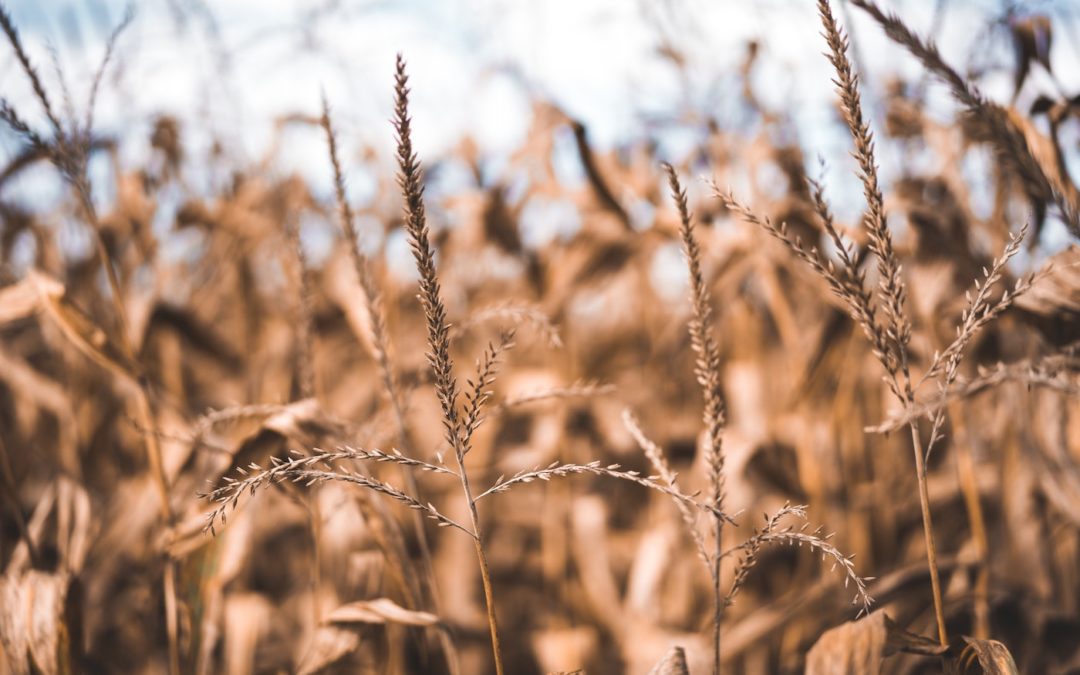Gluten, its definition and origin
The history of gluten
In France and even elsewhere, “gluten is a natural and historical component of our diet”.
Gluten comes from classical Latin and means “glue, gum”. After hydration, gluten is formed from vegetable proteins that are naturally present in cereals such as soft wheat, durum wheat, rye or spelt. Gluten is also present in barley, certain types of oats, kamut and malt. Find more information on gluten products right here.
For centuries, gluten has been a dietary threat to some of us.
Indeed, as early as 250 AD, the Greek physician Aretaeus of Cappadocia raised and described symptoms of malabsorption in some human beings after consuming products containing gluten. This Greek physician called this discomfort “koiliakos”, from the Greek word meaning “abdomen”, koelia. Since that time, the amount of gluten, especially wheat, in our diet has only increased. Until the Middle Ages, the type of cereals that people grew included a much lower amount of gluten than what we use today.
It wasn’t until 1856 that Francis Adams translated these pains using the term “cœliac” or “celiac”. Then in 1908, Carnegie Brown published the very first book describing and explaining what celiac disease is.
This disease causes an atrophy of the intestinal villi, which according to the AFDIAG means “destruction of the folds of the mucous membrane and connective tissue of the small intestine”. The only solution known today to treat this disease is the total cessation of gluten in the diet.
Gluten, its components and their impact on products
More technical part: understanding all about gluten
Gluten is a sticky substance that is mainly composed of two proteins called “prolamins and glutenin”. These are storage proteins that are found in different categories depending on the product/food used. Prolamine and glutenin are stored in the starch of various cereals.
Gluten proteins are prolamins because of the large amount of amino acid residues glutamine and proline (an amino acid that is not essential, which is part of the protein composition) present in their primary structures. Prolamins are the main storage proteins in cereals. They are different depending on the gluten cereals.
The prolamine in wheat is gliadin, which is generally perceived as a protein in its own right. When w-5 gliadin meets glutenins, this creates gluten. Wheat w-5 gliadin has been shown to be the major gluten allergen, including wheat-dependent exercise-induced anaphylaxis.
The prolamine genes are present in the A, B and D genomes of wheat. As a result, prolamine fractions consist of more individual components in wheat than in barley and rye for example.
Wheat prolamins are the most commonly identified gluten proteins: they are generally separated into two groups: the alcohol-soluble fraction called ‘gliadins’ and the insoluble ‘glutenins’. Wieser H also demonstrates that gliadins contribute to the cohesion and extensibility of gluten, while glutenins play a role in maintaining elasticity and gluten resistance.
According to a study carried out in 2020 by Ross Albert B. et al., nearly 80% to 85% of the proteins in bread wheat are gluten, which define the viscoelastic properties of the dough.
Concerning barley, its main storage proteins are hordeins. These proteins, like gliadins, are alcohol-soluble prolamins, and are rich in glutamine and proline residues. However, they are low in charged amino acids. Their characteristics remain very similar to wheat proteins.
The prolamins in rye are the secalins, and those in oats are the avenins. However, oats remain different from other cereals because their proline level is lower.
As confirmed by researcher Steven L. Kaplan in 2015, all these proteins allow the dough to rise. Gluten gives, in other words, the elasticity to the dough, resulting in a soft and tender dough. Wheat-based recipes derive their chewing properties from gluten, which is formed when flour interacts with water. Gluten-free flours, on the other hand, are based on the starch of alternative cereals. When these substitutes are mixed with water, their structure and elasticity are different.
Research carried out during my graduation thesis in July 2020.
Chloé


